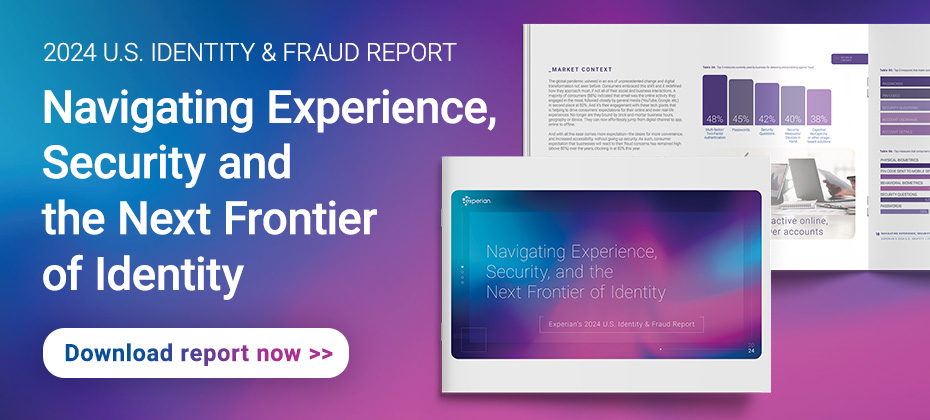In the fast-paced world of lending and financial services, digital income verification processes play a crucial role in assessing customer eligibility and mitigating risk. However, not all verification methods are created equal.
Let’s delve into the differences between instant, permissioned, and manual income and employment verification, and their unique characteristics, benefits, and drawbacks.
Instant verification: Real-time insights for seamless decision-making
Instant employment and income verification is a game-changer in the lending industry. It provides immediate insights into a customer’s financial information, allowing lenders to make real-time decisions. This real-time access to data streamlines the decision-making process, enabling lenders to deliver a seamless and frictionless customer experience. The advantages of instant employment and income verification include:
Speed and efficiency: Instant verification eliminates the time-consuming process of manually gathering and analyzing data. This enables lenders to expedite loan approvals, reducing customer waiting times significantly.
Enhanced user experience: By delivering real-time results, instant verification enhances the overall customer experience. Customers can complete their applications quickly and effortlessly, leading to increased satisfaction and higher conversion rates.
Reduced risk: Real-time verification allows lenders to assess applicant information promptly, maintaining the security and integrity of lending processes.
Permissioned verification: Empowering customers in their digital experience
Permissioned verification gives customers the ability to grant access to their financial information directly from their payroll or bank accounts. This method is valuable because it keeps customers within their digital experience, eliminating the need for manual document submission or authentication. The benefits of permissions verification include:
Convenience and speed: By granting permissioned access, customers can automate income verification and avoid the hassle of uploading or submitting pay stubs manually. This saves time and effort, resulting in a faster verification process.
Increased coverage and reduced abandonment: Permissioned verification ensures a higher coverage rate by minimizing the potential for customer abandonment during the application process. Since the information is retrieved seamlessly, customers are more likely to complete the application without frustration.
Privacy and control: Customers retain control over their data by explicitly granting permission for access. This enhances transparency and empowers individuals to manage their financial information securely.
Manual Verification: A last resort with high friction
Manual verification is a traditional method that involves time-consuming and costly processes. It requires lenders to manually collect, review, and verify documents provided by the customer. This method should be reserved as a last-ditch effort when instant and permissioned verification options are not feasible. There are several drawbacks to manual verification, including:
Time-consuming: Manual verification involves significant manual labor, which leads to longer processing times. This delays loan approvals and can negatively impact the customer experience.
High cost: The labor-intensive nature of manual verification incurs higher operational costs for lenders. These costs can potentially trickle down to customers in the form of higher fees.
Increased friction: Customers must go through the inconvenience of gathering and submitting physical documents, potentially hindering the overall loan application process.
Level-up your verification experience
The differences between instant, permissioned, and manual verification are important to understand. As technology continues to evolve, instant and permissioned verification methods are poised to become the norm, transforming lending processes and fostering greater efficiency and customer satisfaction. Lenders must embrace these innovative verification methods to stay ahead in the competitive financial landscape and provide an exceptional digital income verification experience for their customers.
To learn how Experian can help you transform your verification experience, visit us as experian.com/verify.



